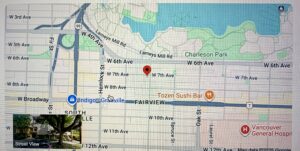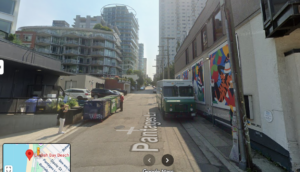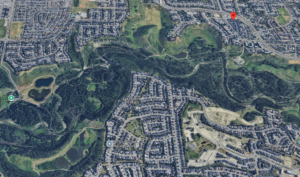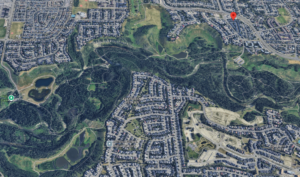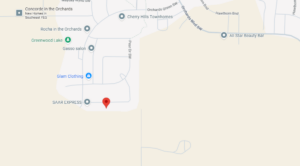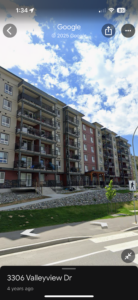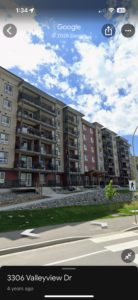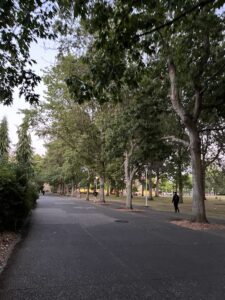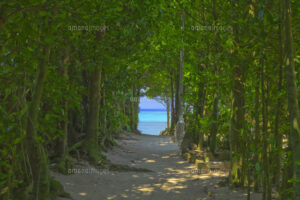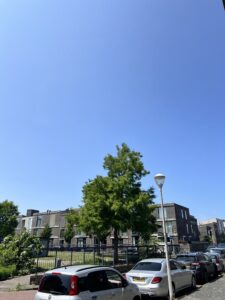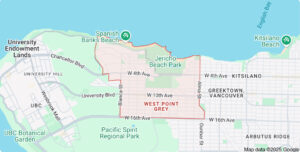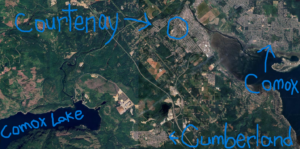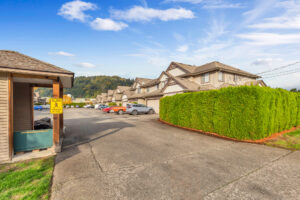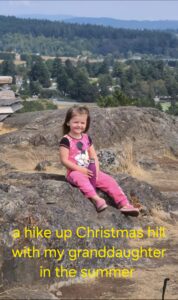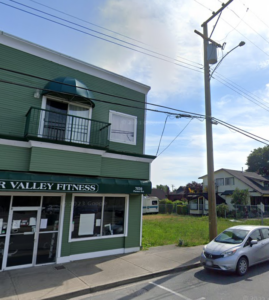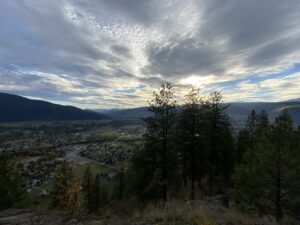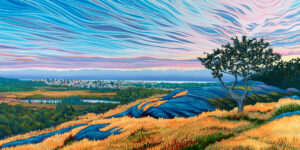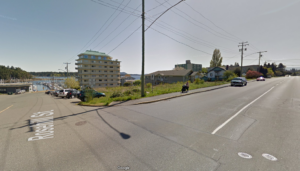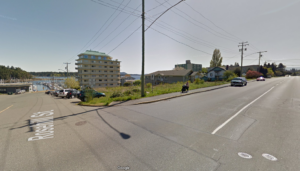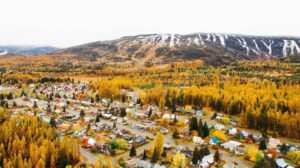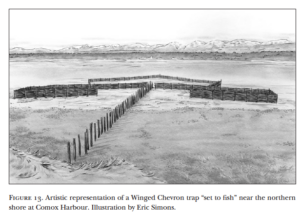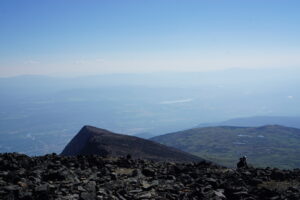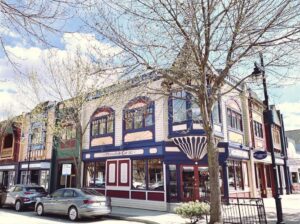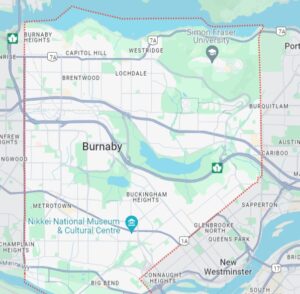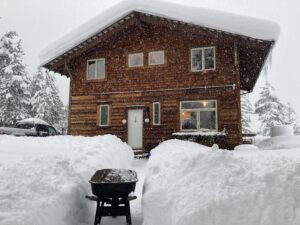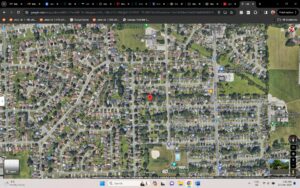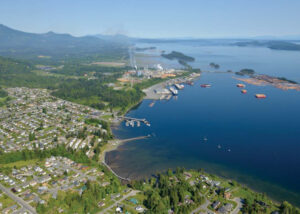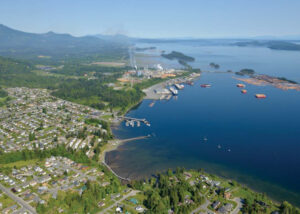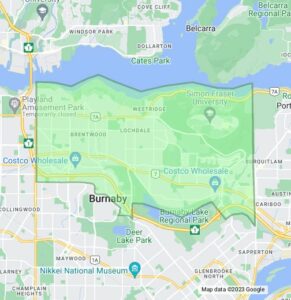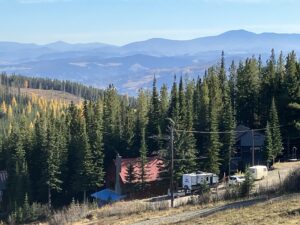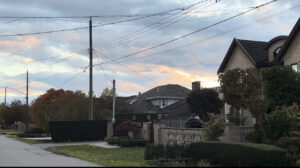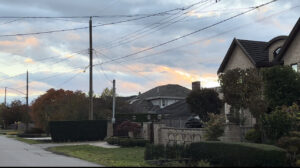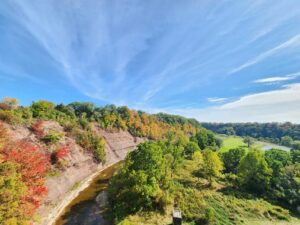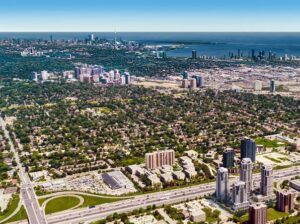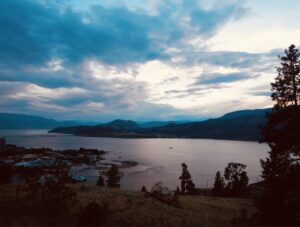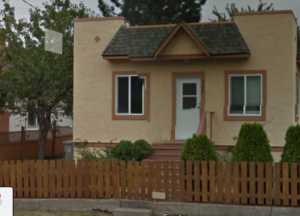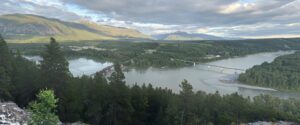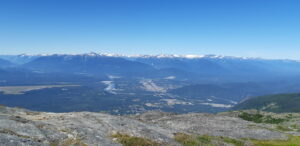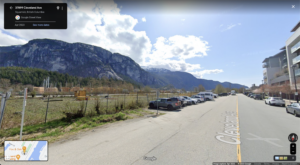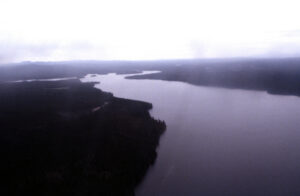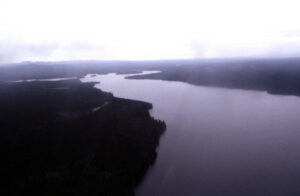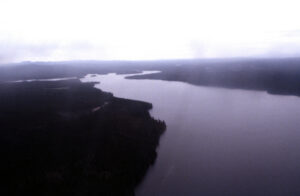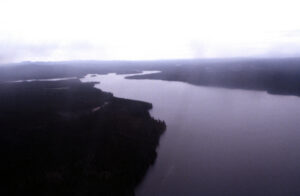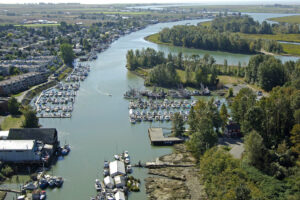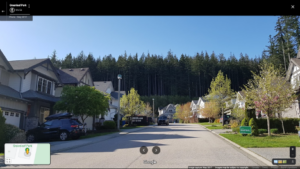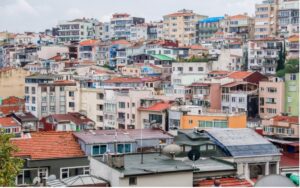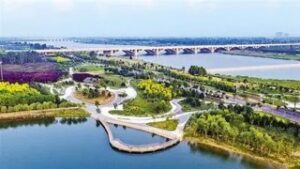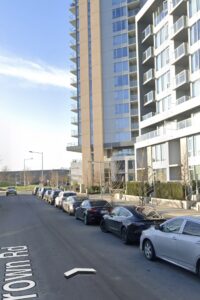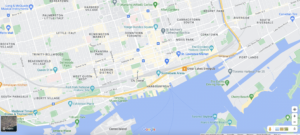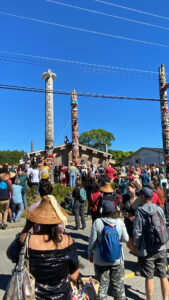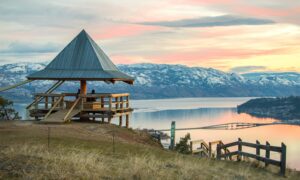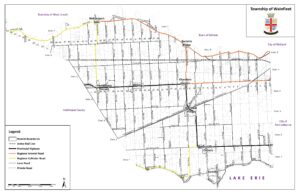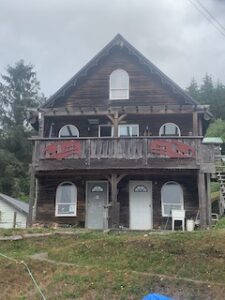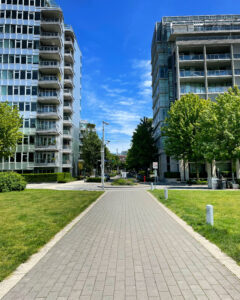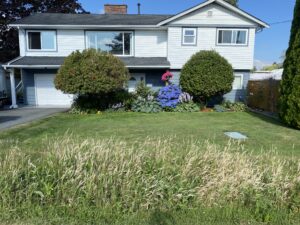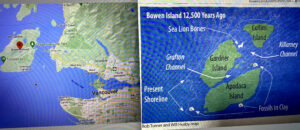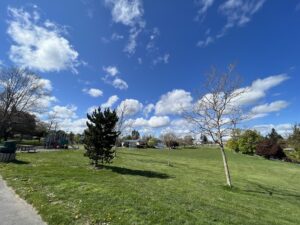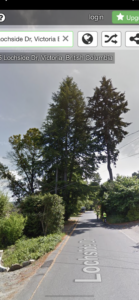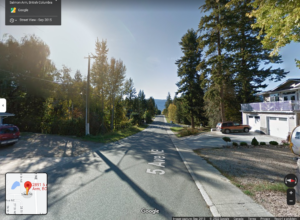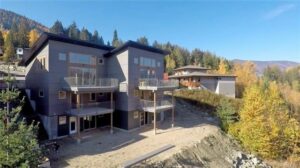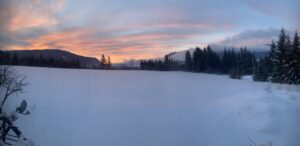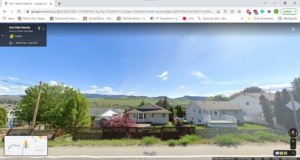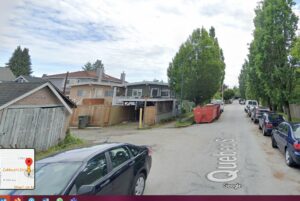Exercise #1: Local Environmental History
Instructions
For Exercise #1, you will bring environmental concepts home by looking at your neighbourhood’s environmental history.
- Using the submission form, post a photo of your area (Google Street View if you do not want to show your home) on this interactive map and explain the ecological history of this space, as per this example.
- Write a 700 to 1100 word of the ecological history of this physical environment, including where applicable: pre-contact use and settlement; wildlife past and present; early settlement and resource extraction; invasive species; urban development; stewardship actions (urban stormwater retention systems; community gardens; composting facilities).
- You must show where you found your information, either through footnote citations or with links embedded in the text, or a combination of both.
- The writing can be informal, as per the Exercise 1 Sample (you may even use first person, which definitely will not fly with your historiography and major essay projects!) but correct spelling and grammar are expected.
- In most cases, given the readily available information online, this exercise need not take more than 6–8 hours to complete. It is meant to help you think historically about your environment—to read it through an ecological lens. If you live in a rural area or small town, you may think that there is less to say than what you read in the sample based on a Vancouver neighbourhood, but this is not the case. The environmental history will be very different, and you might focus far more on, say, the settlement period of the late nineteenth century, or the implications of the introduction of cattle or irrigation and less on events of the 1960s and 70s.
- Please note, you should write and edit your submission in a separate file then copy and paste it into the submission box. Once submitted to the HIST 3991 trubox site, you will not be able to edit your post.
Are you a student of HIST 3991? Click here to add a submission to this assignment.
Submissions
Latest Posts
Living in Nimpo Lake
May 19, 2023 By: T00109988
Living in Nimpo Lake, BC I live in the supreme plateau of Nimpo Lake BC in a small First Nations Community of Ulkatcho First Nation on Indian Reserve #19. There is 14 of my family members living on this small reserve, not on the main reserve in Anahim Lake, BC. There is in total 8 houses and 4 single units for small families. The population is shared with of 1500 people with our neighboring town of Anahim Lake, BC.[1] We all have private wells for water, and rely on BC Hydro for power. Nimpo Lake is a lazy town…
Living in Nimpo Lake, BC
May 18, 2023 By: T00109988
Living in Nimpo Lake, BC I live in the supreme plateau of Nimpo Lake BC in a small First Nations Community of Ulkatcho First Nation on Indian Reserve #19. There is 14 of my family members living on this small reserve, not on the main reserve in Anahim Lake, BC. There is in total 8 houses and 4 single units for small families. The population is shared with of 1500 people with our neighboring town of Anahim Lake, BC.[1] We all have private wells for water, and rely on BC Hydro for power. Nimpo Lake is a lazy town…
Living in Nimpo Lake, BC
May 18, 2023 By: T00109988
Living in Nimpo Lake, BC I live in the supreme plateau of Nimpo Lake BC in a small First Nations Community of Ulkatcho First Nation on Indian Reserve #19. There is 14 of my family members living on this small reserve, not on the main reserve in Anahim Lake, BC. There is in total 8 houses and 4 single units for small families. The population is shared with of 1500 people with our neighboring town of Anahim Lake, BC.[1] We all have private wells for water, and rely on BC Hydro for power. Nimpo Lake is a lazy town…
Nimpo Lake, BC – Living in Nimpo Lake, BC
May 15, 2023 By: T00109988
Living in Nimpo Lake, BC I live in the supreme plateau of Nimpo Lake BC in a small First Nations Community of Ulkatcho First Nation on Indian Reserve #19. There is 14 of my family members living on this small reserve, not on the main reserve in Anahim Lake, BC. There is in total 8 houses and 4 single units for small families. The population is shared with of 1500 people with our neighboring town of Anahim Lake, BC. We all have private wells for water, and rely on BC Hydro for power. Nimpo Lake is a lazy town with…
